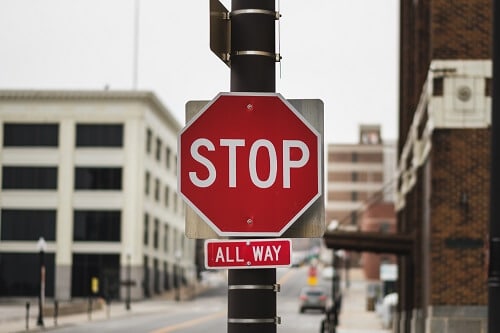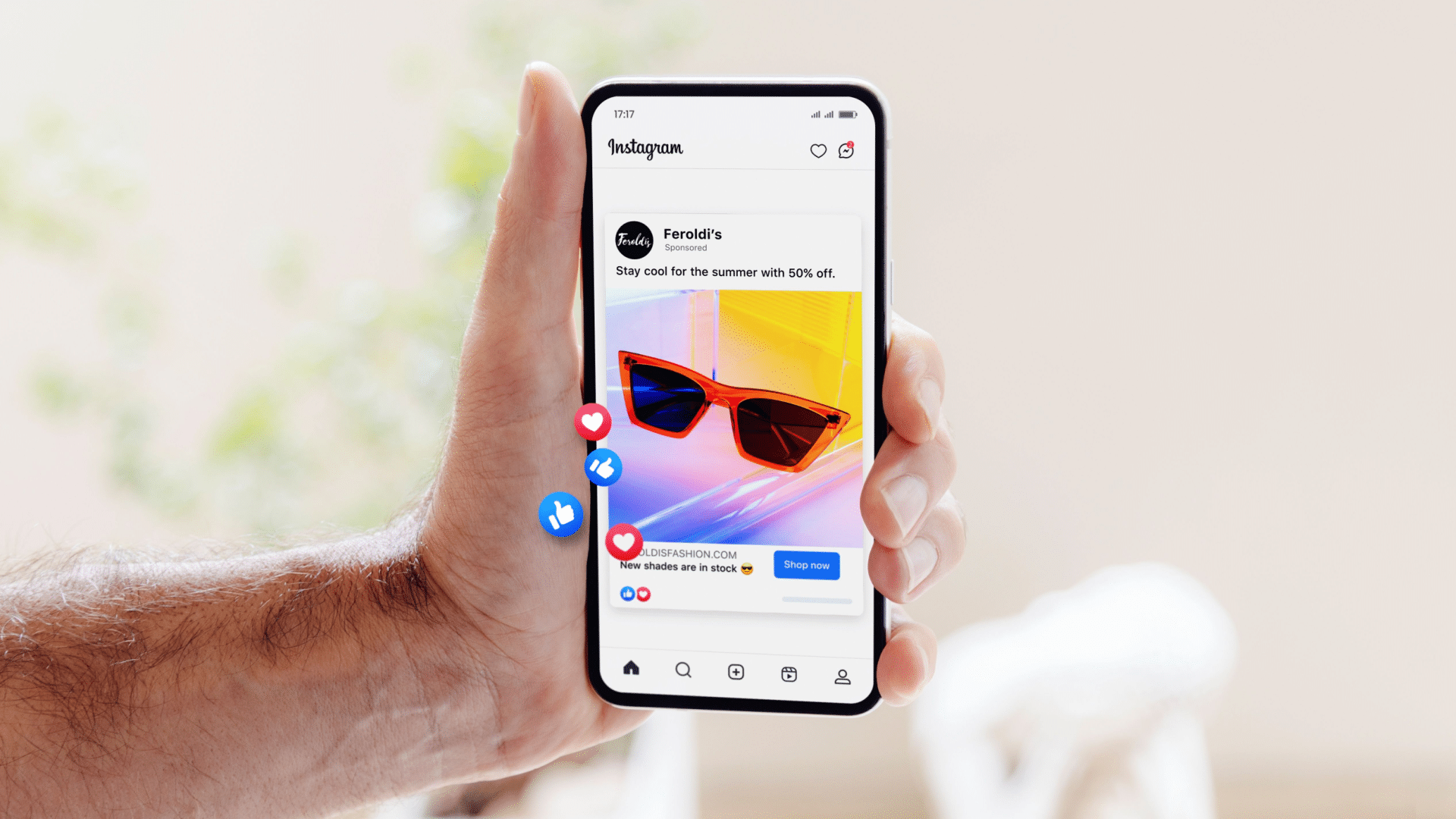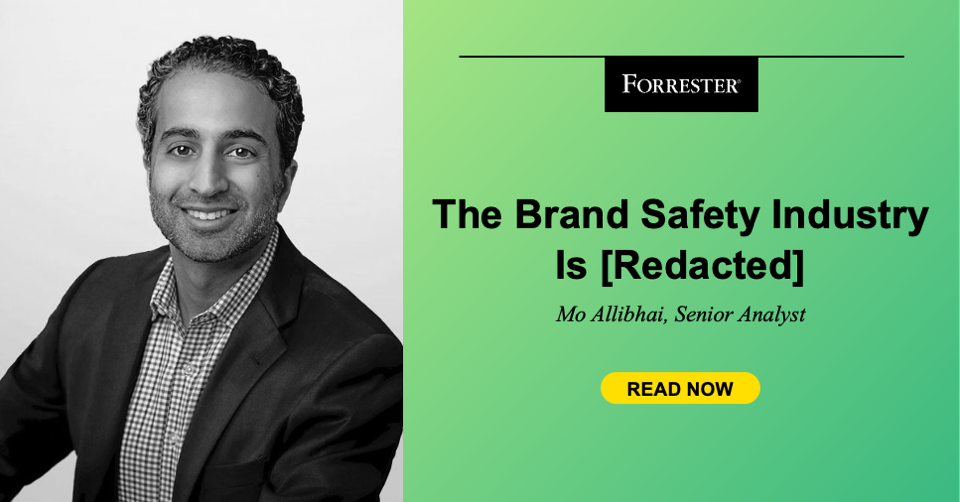Brand Safety Scope, Metrics, and Measurement
Media Measurement and Brand Safety Metrics Overview
While definitive research on demonstrated effects of brand safe tactics is not always readily available, there is evidence that brand safety practices are highly effective in protecting a brand's reputation. Several studies showing a significant negative impact on consumer perception when ads are placed near inappropriate content – nipping away at brand trust and customer loyalty as most consumers view it as the brand’s responsibility to manage their content choices.
On a broader scale, media measurement sets the table and standards for the actual or perceived value from media placements and key dynamics of consumer interaction with ads and media. Much time goes into industry efforts to understand each available channels, the measurement methods, the accumulation of audiences, and comparative analyses so that brands can navigate the ecosystem in order to achieve specified communication goals that support brand growth.
In today’s digitized world, keeping pace with channel proliferation and the measurement challenges of establishing credible methodologies for new media dynamics, while comprehending how they work in tandem with other media is a persistent challenge. This challenge, alone, is significant for brands on a daily basis with the rise of programmatic channels, walled gardens, CTV, and podcasts, just to mention a few.
When we cannot fully understand delivery dynamics across channels, it also becomes hard to have full confidence that media attribution can be executed judiciously, allowing brands to optimize toward the most effective channels, properties, and creators. Additionally, your Brand Safety efforts and their impact may be being “masked” across and between media channels with all the “blind spots” in the ecosystem. The solve for cross media measurements is not in close range, yet for the sake of brand stability, we must soldier forward with brand safety approaches to protect our brand’s reputations at the same time. Imperfect, but time has rarely waited for the perfect solution.
From 4a’s Measurement Priorities: The Agency Perspective:
“The need to close measurement gaps is so critical, multiple industry initiatives are now prioritizing these issues to identify solutions. Agencies are addressing these gaps as well by creating their own proprietary models, thus having one-sided views of “the truth.”
Agencies need high-quality measurement data to help them plan, buy, and optimize their marketing and media investments. Senior investment and research analytics leaders consistently note that agencies need a measurement system capable of unduplicated reach across channels as its key feature.
The ability to count individual ad exposure, with similar granularity across channels, is a key input to enable comparison across media investment, confirmation of media delivery, and reliable input to a sophisticated attribution system. All members consider high-quality attribution a top priority.
But to solidify the basic building blocks of such a system, agencies need to solve additional business and technical priorities, including the need for higher-quality identity graphs, the ability to gain access to exposures and engagement within walled gardens, and a standardized method for combining cross-channel metrics. “
BSI Spotlight: Brand Safety Standards
Key findings from research on brand safety effectiveness:
Consumer Perceptions/Purchase Intent
A majority of consumers (around70-80%) state that it's important for brands to ensure their ads appear next to suitable content, and they are likely to view a brand negatively if their ads are associated with inappropriate material.
Studies also show that consumers are less likely to purchase from a brand whose ads are placed near negative or misleading content, highlighting the direct impact on sales potential.

CMO Council survey of 2,000 adult consumers in the U.S., Canada and U.K. reveals that 48 percent will abandon even brands they love if their ads run alongside objectionable online content

72% of consumers agree that brands are responsible for the content surrounding their ads.

Almost 80% of consumers are more aware of how companies collect and use their personal data than they were 12 months ago.

Advertisers put brand safety top of mind, as brand risk dropped by 4% globally—and it’s paying off. As brand safety issues continue to plague the advertising industry, one question remains: is one marketing channel better shielded than others? Connected TV is one of the most brand-safe channels out there, however advertisers should still heed caution […]
Brand Suitable is not Brand Sanitized
While avoiding overtly negative content is crucial, recent research suggests that advertising alongside quality news content, potentially controversial/political topics, marginalized audiences, and environmental challenges can still be viewed as brand-safe by a range of consumers – especially when placed on reputable platforms.After all restrictive ad placements diminish you ability to reach communication goals.

Balance short-term profitability with long-term brand equity with a holistic approach to social media advertising.

Advertisers’ concerns about “brand safety” and “brand suitability” are an underappreciated influence on social media platforms’ content governance, with concerning implications for social equality and the freedom of public debate online.

Advertisers aim to avoid content containing controversy, sex, violence, and profanity, while platforms like Reddit aim to monetize as much content with ads as possible. This research explores the d...

Groundbreaking 50,000-respondent survey shows ads placed adjacent to stories covering politics, inflation and crime perform as effectively as ads placed next to business, entertainment and sports stories.

A study conducted by Stagwell found that advertising on UK news publications did not lead to brand-safety concerns, even when ads were placed on articles related to war, crime or politics.

78% are more likely to trust a brand whose ads appear on credible news sites while 84% of consumers believe responsible and accurate news should be supported by ad funding.

It’s time for brands to get brand smart. Learn three key hallmarks of a brand smart approach in this preview of a new report.
Improved ROI
Implementing effective brand safety strategies across a broad range of brand safe tactics can improve a brand's return on investment by ensuring their ads are adjacent to the right inventory at the right times.

To help cut through the data noise, we’ve put together six tips and best practices you can use that harness the power of data to increase ROI.
Technology/Tools and Supply Considerations
Utilizing advanced ad-serving platforms and verification suppliers with robust brand safety filters and monitoring capabilities is essential for consistently identifying and removing ads from high risk/not suitable content
Choosing reputable and collaborative Publishers/Supply Side Providers with high-quality content and more rigorous methodologies for safe and suitable content is critical for maintaining brand safety.
List Management
Whether its Keywords, or Inclusion and Exclusion List, continuous monitoring and adjustment are an important part of showing up where you want to be seen. Conventional wisdom suggests that for only on Keywords and Exclusion Lists is a losing game over time, as the landscape/topics and consciousness of consumers shift over time.
Transparency and Communication
Clearly defining brand safety standards/desired suitability profile is essential for managing inventory needs over time. Once determined all partners, including publishers and agencies need to clearly understand your brand safe profile.
Also – regular analysis of you media data (logfiles) should help you identify better, more effective sources fo inventory and help you steer away from problems areas, or areas/lists that become less productive over time.
Elements of ROI for Brand Safety
When evaluating the ROI of brand safety efforts, it's important to understand the difference between direct and indirect ROI indicators. Direct ROI can be seen in the immediate and measurable brand response and financial gains from a strategic planning perspective. Indirect ROI focuses more on the long-term value of customer retention/engagement (CRM) and brand imagery and other reputational factors.
- Direct ROI: This includes quantifiable savings from non-human interaction/bots, wasted impressions (fraud or not in “view”) - and its impact on sales (revenue). Additionally, you may be able to identify specific cost reductions for Comms/PR & Legal/Compliance.
- Indirect ROI: Includes the enhancement of social responsibility, brand reputation, customer loyalty, market share & positioning, and movements in stock market position.
